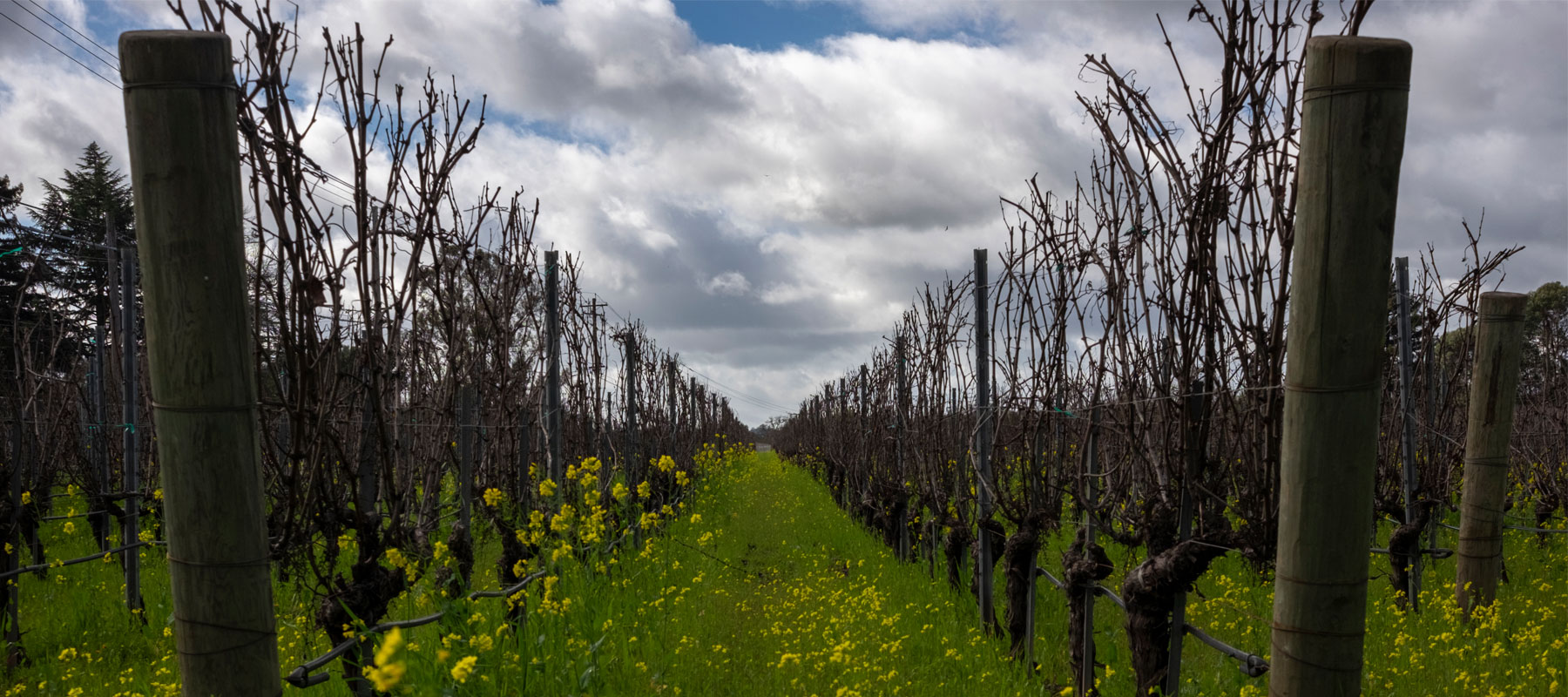
Napa, Calif. (Photo by Rian Dundon)
Honoring the Workers Killed on the Job
From wildfires to construction sites, a year in California workplace deaths.
April 30 | Web Exclusive
This story was supported by the Economic Hardship Reporting Project
William Casdorph, or “Cas,” as some co-workers knew him, was a kindly state highway worker who once made the news for rescuing Heidi, a 14-year-old deaf and blind terrier discovered in the brush near his worksite. But Cas would not live to see the end of 2018. The husband and father of three daughters died after falling from a highway overpass in San Diego in September. Casdorph is the 189th Department of Transportation employee killed on the job in California since 1921. He joins the state’s roster of fallen workers who were hit by heavy objects, electrocuted, run over by cars, pinned by forklifts or even buried alive, proving that workplace dangers persist well into the digital age.
“Yes, workers are still dying,” laments Mara Ortenburger, director of communications and research at Worksafe, a workplace safety organization in Oakland. Recent data show that 376 workers died on the job in California in 2017, improbably the same as in 2016. Similarly, California rate of workplace fatalities, once declining, has plateaued in recent years. (Alaska and North Dakota lead the nation, with a rate that is nearly five times higher than the Golden State’s.) More government inspections, which reduce injuries and employer medical costs, would offer some relief, but safety experts point out that prevention must begin with employers.
Many people assume that deaths at work are the “result of a freak accident,” says Ortenburger, who believes supervisors are setting an unrealistic pace of productivity that leads to cutting corners—and fatalities. “These are preventable situations. It’s a mistake to call them workplace accidents.”
Dangerous work reflects social inequities, so it’s not surprising that 67 percent of Latinx workers killed on the job nationally were immigrants, according to a 2017 AFL-CIO report. California’s 40,000 day laborers, one-third of the nation’s total, take on the most arduous jobs in construction, maintenance, gardening, landscaping and—increasingly—warehouses.
Outsourcing also compromises workplace safety, according to Kevin Riley, director of research and evaluation at UCLA’s Labor Occupational Safety and Health program. He says larger employers—from manufacturers to hospitals—are subcontracting more hazardous tasks like chemical spill cleanup to smaller firms. “Rather than investing a lot in making sure the day-to-day workforce is prepared to deal with those situations, they will bring in an outside company,” says Riley.
Calls to step up regulation come at a time when the Trump Administration continues to relax rules for reporting workplace accidents, though a new law in California is expected to preserve many Obama-era requirements. Precise record-keeping not only plays a role in prevention but in measuring the true cost of the products, services and safety that we easily take for granted.
The following photographs capture the settings, though not necessarily the exact locations, in which Californians lost their lives due to workplace dangers in 2018. Some of the workers held higher-profile positions in the public sector, while others toiled out of sight in dangerous occupations that too often remain invisible to us: tree trimming, construction and harvesting.
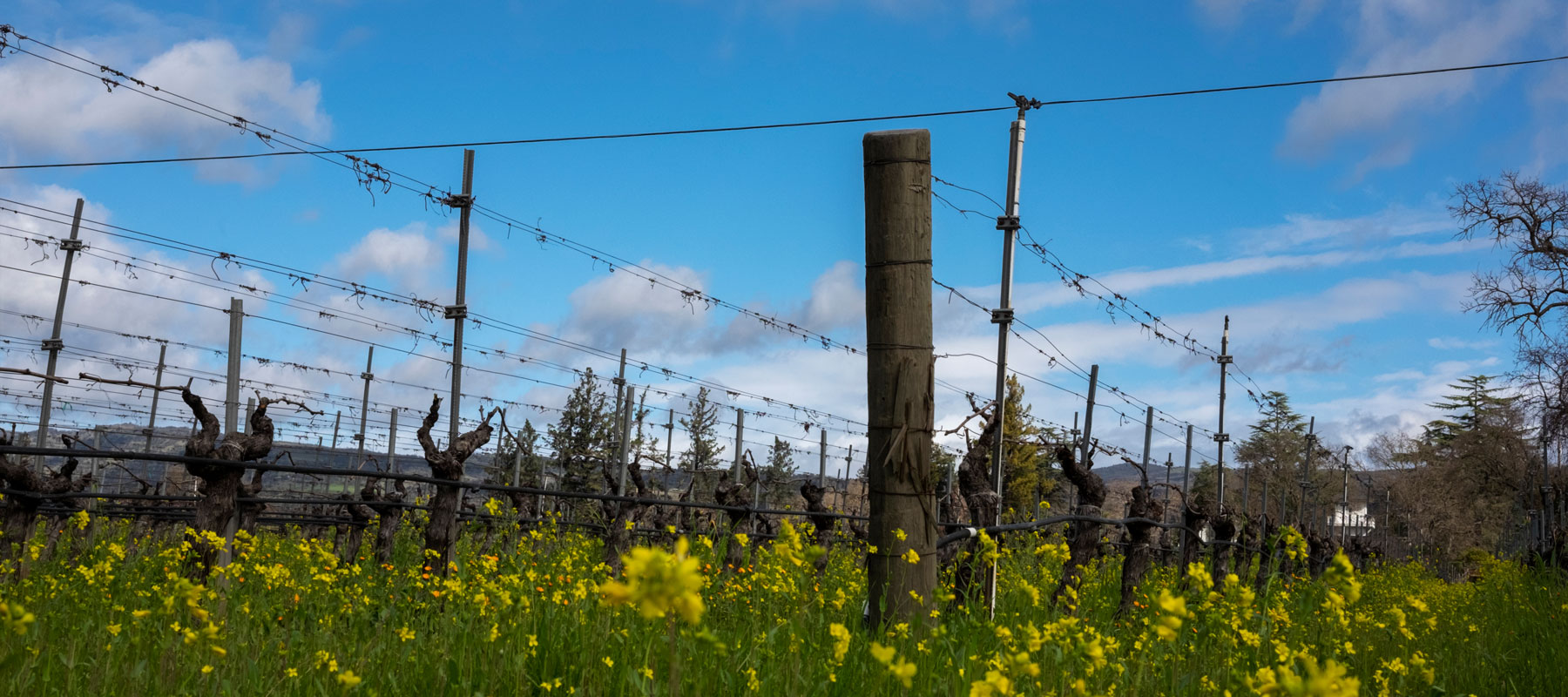


The vineyard at the winery in Napa, Calif., where Leon Marcelo Lua’s harvesting accident happened. (Photo by Rian Dundon)
Oct. 29, 2018
Harvester Leon Marcelo Lua would have turned 50 in April. He died in a grape-picking machine accident at Deconinck Vineyards in Napa, leaving a wife and three kids. “He was always hard-working,” his daughter Estefany Marcelo Zavala says, recalling that he had logged a long work day before the day’s shift that proved fatal. The Michoacán, Mexico native spent 30 years in harvesting and sometimes cleaned houses for extra income. He came home from work bone tired, his daughter recalls, yet he found energy for dancing and loved Mexican banda music. When his daughter took a year off after graduating from high school, he let her know he wanted her back in the classroom. “He would always say he wanted us to go to school and stay in school. He didn’t want us to have a difficult job like he had,” his daughter recalls. “When I told him I was going back to school he was really happy.”
Estefany is currently a student at Napa Valley College and plans to transfer to a California State University in 2021. Her major is administration of justice, and while she’s not yet sure what she’ll do professionally, she knows that getting a degree isn’t just a career move, it’s a daughter’s heartfelt tribute to her late father’s sacrifice. “I feel like me going to college is paying off all the years he was at the job,” she says.
Efforts to obtain comment from Marcelo’s employer were unsuccessful.
The vineyard at the winery in Napa, Calif., where Leon Marcelo Lua’s harvesting accident happened. (Photo by Rian Dundon)
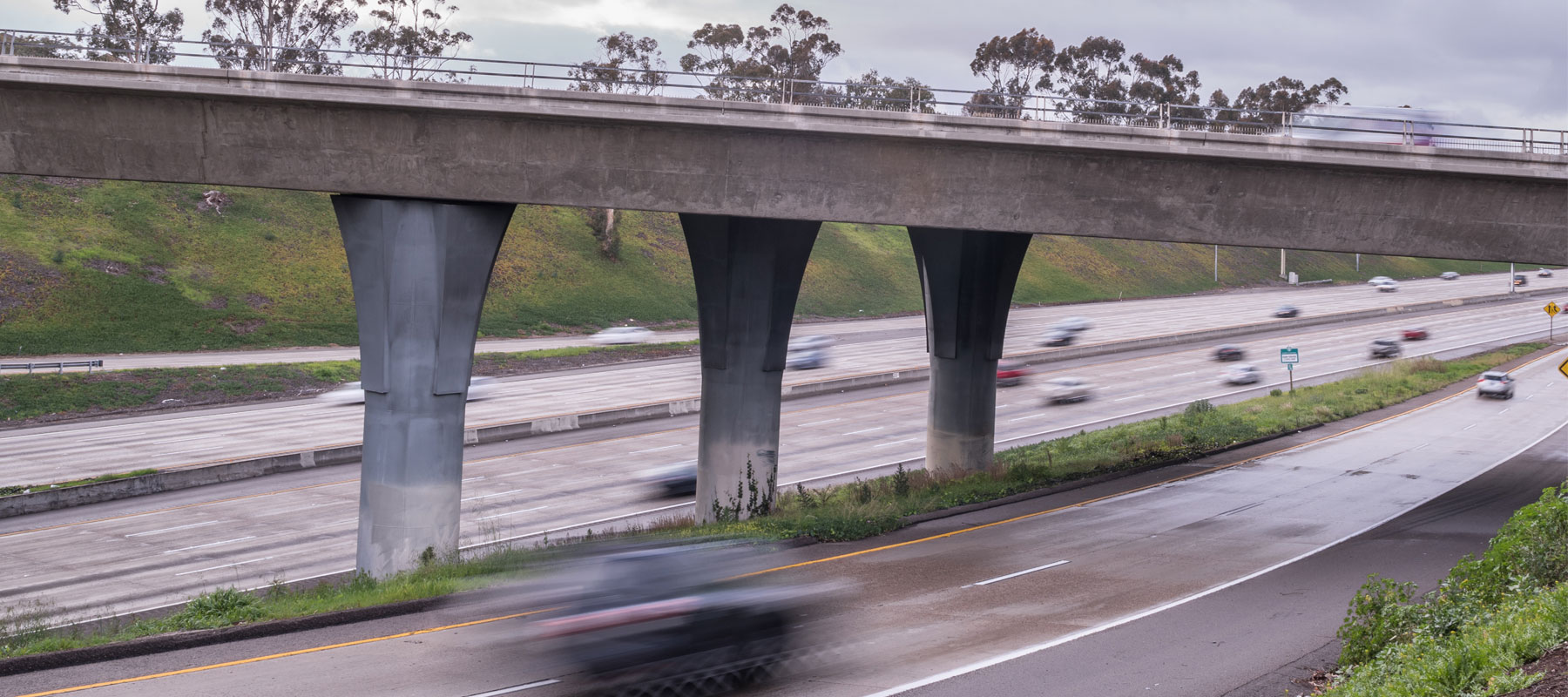
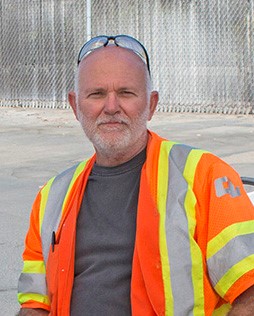

The State Route 163 overpass in San Diego from which William Casdorph fell. (Photo by Gema Galiana)
Sept. 19, 2018
William Casdorph, 57, took on highly dangerous assignments as a highway maintenance leadworker at CalTrans. His job called on him to patch and resurface highways, delete graffiti, clean signs and remove large debris—all while 10 feet away from whizzing cars. Casdorph was working with his crew on an overpass on State Route 163 in San Diego when he fell. Coworker Robert Betha remembers the 19-year veteran as generous—helping a fellow employee on his own time to practice driving for his Class B license. “Other people say, ‘Go out and practice,’” says Betha. “He understood you have to show people what to do and how to do it.” He was similarly hands-on when it came to safety, looking out for the well-being of his crew. “He’d be in the back, coordinating with the trucks, which lanes to cover,” Betha says, calling his co-worker’s death sadly ironic given his commitment to following procedures. “He was orchestrating the whole situation, keeping everybody safe.”
The State Route 163 overpass in San Diego from which William Casdorph fell. (Photo by Gema Galiana)



The remains of the Ferguson Fire, about 10 miles outside Yosemite National Park. Fire fighter Brian Hughes died fighting the eastern flank of the fire. (Photo by Rian Dundon)
July 29, 2018
Brian Hughes, 33, was fighting the Ferguson fire on its eastern flank when he was fatally struck by a falling dead tree. One of six firefighters to perish in California wildfires last year, Hughes served as captain of the Arrowhead Interagency Hotshots, an elite federal firefighting force based in Sequoia and Kings Canyon National Parks. His immediate supervisor, Superintendent Joe Suarez, first worked with him in 2007; the two men had homes in the same community in Squaw Valley. Suarez praised Hughes for his work ethic: “There are days where it’s 100 degrees out there, you are carrying a 45-pound pack up a steep mountainside, working all day, 10 hours a day or 16-hour shifts. The shifts can extend to 32 hours sometimes.” Hughes, originally from Hawaii, was proud to be a Hotshot, says Suarez, who remembered him as “down to earth” and a fan of country music and the Green Bay Packers—“just a great guy overall.” Hughes and his fiancée were expecting a baby girl. “It’s been a devastating year all around,” Suarez says.
The remains of the Ferguson Fire, about 10 miles outside Yosemite National Park. Fire fighter Brian Hughes died fighting the eastern flank of the fire. (Photo by Rian Dundon)



Calderon Road in the Woodland Hills neighborhood of Los Angeles, where Peggy Frank was found dead of heat stroke. (Photo by Gema Galiana)
July 6, 2018
Temperatures reached as high as 117 degrees on the afternoon that mail carrier Peggy Frank, 63, called in to say she was running behind on her route. The mother of two and grandmother was later found in her U.S. Postal Service truck on Calderon Road in Woodland Hills after she died of hyperthermia, or heat stroke. The Occupational Safety and Health Administration fined the U.S. Postal Service $149,664 in January for not having a heat illness prevention program. In November, OSHA levied a penalty against the Postal Service when four employees in the same Las Vegas station were treated for heat-related illness.
A spokesman for the Postal Service said, "Our thoughts and prayers are and have been with Ms. Frank's family since this tragic incident occurred," and declined to comment on the OSHA findings, which have been contested.
More such incidents are forecast as a result of climate change, warned Dr. Jeremy Hess, a professor at the University of Washington School of Public Health who has studied occupational health and heat. Older workers and those suffering from obesity or using medications are particularly susceptible. But extreme heat is also felt indoors, such as in garment industry jobs that involve machinery and ironing, as well as work in warehouses, typically located in the desert and not air conditioned. California is in the process of developing indoor heat standards.
Calderon Road in the Woodland Hills neighborhood of Los Angeles, where Peggy Frank was found dead of heat stroke. (Photo by Gema Galiana)
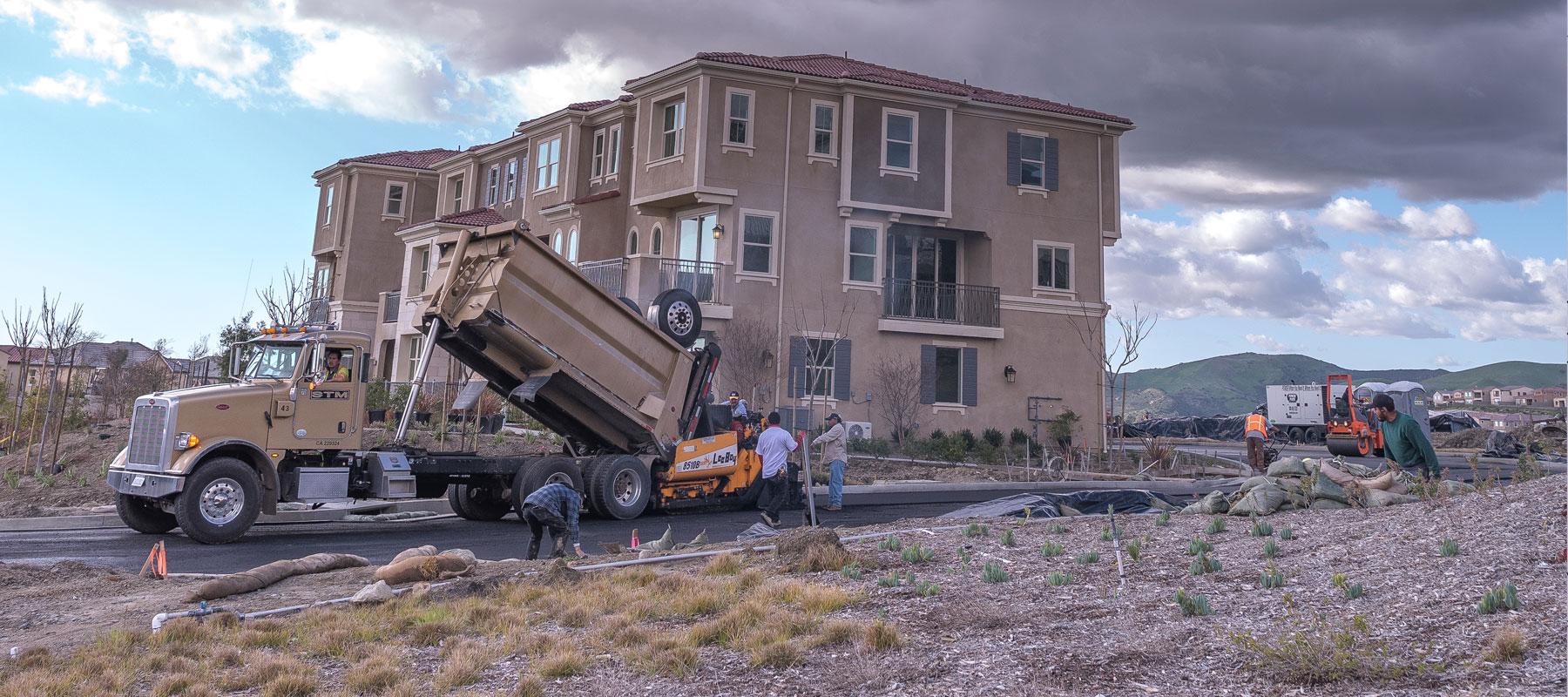

The residential development that was under construction when Juan Diego Lopez was killed in a trench collapse. (Photo by Gema Galiana)
May 9, 2018
Juan Diego Lopez, 38, and another worker were installing sewage pipes 17 feet below ground in a trench at a residential construction site in Lake Forest, Orange County. When a 30-foot-wide section of the trench’s sidewall caved in, Lopez’s co-worker escaped, but Lopez was trapped underground. Cal/OSHA fined the construction firm $66,000, saying the company failed to ensure the site was inspected by someone competent in assessing trench risks and soil conditions, which were unstable. The violations are still under appeal. Cal/OSHA had cited the construction firm previously for trench safety violations and last year levied penalties for trench fatalities in Oakland and Daly City as well. Nationally, OSHA renewed its focus on trench and excavation safety after fatal accidents more than doubled from 2015 to 2016.
The residential development that was under construction when Juan Diego Lopez was killed in a trench collapse. (Photo by Gema Galiana)
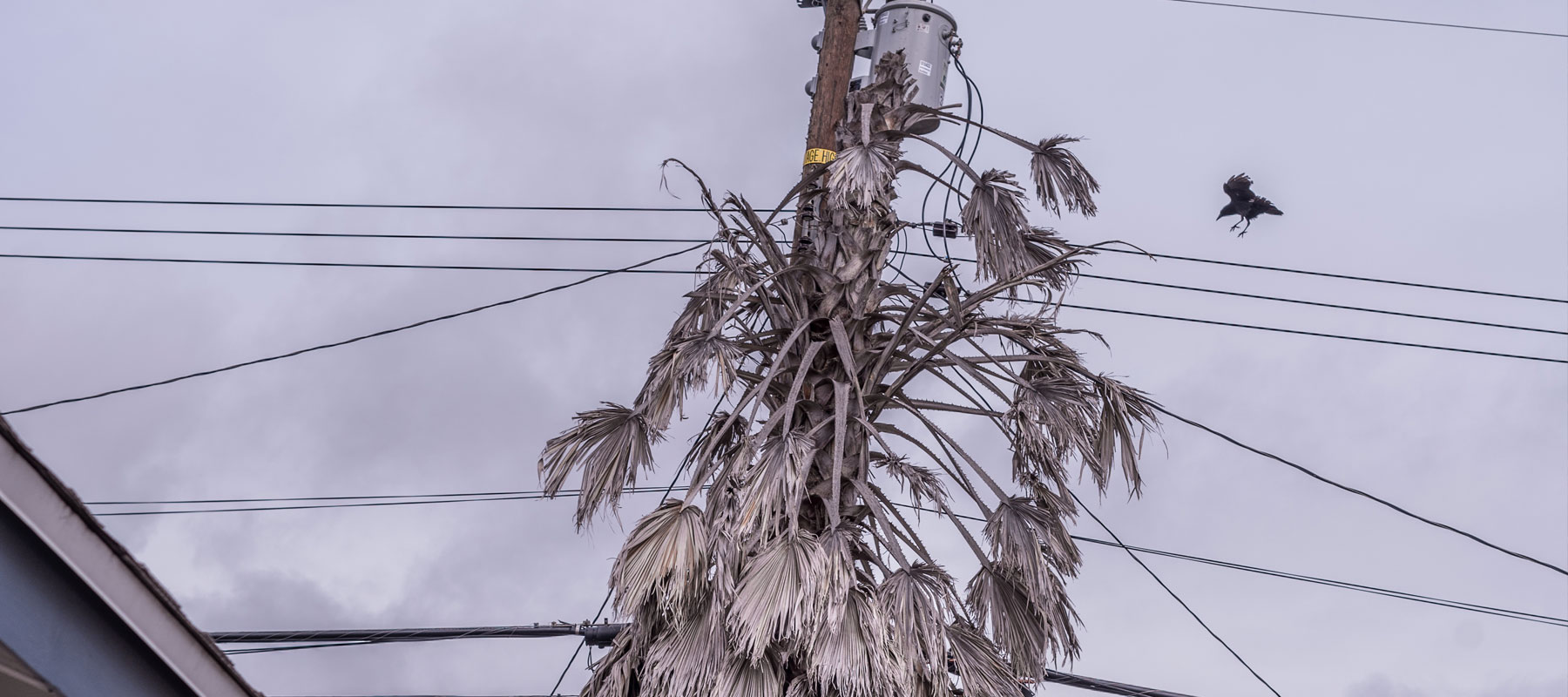


Eduardo Sampayo Jimenez was electrocuted while trimming this tree in Camarillo in Ventura County. (Photo by Gema Galiana)
March 16, 2018
Eduardo Sampayo Jimenez, 29, was suspended by a safety harness about 25 feet off the ground trimming California king palm trees in the back yard of a house in Camarillo when he was electrocuted. He had cut and discarded a palm frond and it came into contact with a power line. Electricity can jump from a high voltage line even when the tree trimmer is no longer holding the branch that grazes it, explains Ben Vanderbeck, founder of Dripline.net, a news website that covers the tree care industry. Vanderbeck started documenting tree-care accidents to raise awareness of how perilous the work is. “Being struck by falling trees and branches causes the most injuries and fatalities. Next would by lacerations by chainsaw. The third would be high voltage power wires and the fourth would be falling,” Vanderbeck says. Cal/OSHA fined the tree service company $28,605, though the violations are under appeal. 
specializes in reporting on public health. She teaches in UC Irvine’s literary journalism program.
is a photographer and editor in Oakland, CA. He is a contributing editor at the Economic Hardship Reporting Project. He contributes to The New York Times, City Lab and California Sunday Magazine, among other publications.
is a photographer/videographer from Spain, who is currently based in Los Angeles. In 2017, she won first prize in the Institute for Nonprofit News’ annual photograph contest.
Eduardo Sampayo Jimenez was electrocuted while trimming this tree in Camarillo in Ventura County. (Photo by Gema Galiana)
Never miss a story. Subscribe to the free In These Times weekly newsletter:
